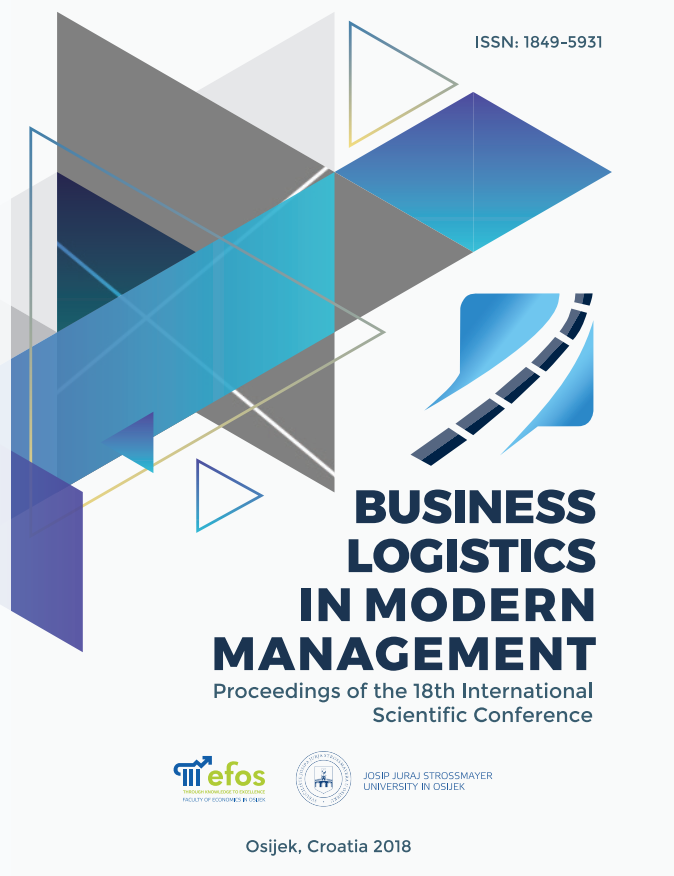MATHEMATICAL MODEL OF TRAVEL TIMES RELATED TO A TRANSPORT CONGESTION: AN EXAMPLE OF THE CAPITAL CITY OF POLAND – WARSAW
Abstract
The contemporary explosion of urbanization processes, dynamic urban development, as well as intensive growth of economic activity and constantly growing demand result in an increased demand for transport services. The direct consequence of these phenomena is emergence of transport congestion. This problem affects many cities around the world. It is an undesirable phenomenon and has an adverse impact on the flow of traffic, causing problems not only for inhabitants, but also for the development of economy, as well as disruptions in the supply chain. Moreover, it is a cause of increasing pollution levels in cities and excessive energy consumption.
The article proposes a detailed analysis of the phenomenon of transport congestion based on empirical studies carried out on a selected section in the capital city of Poland – Warsaw. Inspired by sustainable transport paradigm, the real transport congestion level and chosen reasons for its occurrence along the studied route were identified. Then, on the basis of selected mathematical methods and tools, this phenomenon was analyzed and mathematical models were proposed. At first, a multiple regression (MR) and influence of such factors as day of the week or holidays was used, and then more advanced econometric model of ARIMA was used. The adequacy of both models was finally compared. We also propose selected solutions to increase capacity, which can be adopted in most cities.
An aim of this article was not only to present mathematical analysis of phenomenon and to identify factors that affect it, but also to present negative social, economic and environmental effects.
The author’s intention was also to stress out that achieving satisfactory results in limiting transport congestion requires constant and effective shaping of social attitudes and permanent changes in the way of thinking, to which the presented article also contributes.
Key words: congestion, multiple regression (MR) model, ARIMA model

